When building a company, most founders first think about their product and making money.
But your product isn’t the only thing that’s important when building your company.
What about your brand? How do your customers think about your brand and company?
Your customer’s perception is an incredibly important part of the equation for creating a successful company.
Do your customers think of your brand as modern, eco-friendly, customer-centric? Or maybe they don’t find your brand particularly trustworthy.
That’s not a good place to be.
You want your brand to be associated with positive qualities and traits. Some of the most important traits your customers should associate with your brand are honesty and trustworthiness.
Presenting a brand that’s honest and trustworthy can make it easier to gain and retain your customers.
That’s why I’ve put together my 18 best tips for creating a brand that’s honest and trustworthy.
Be transparent
If you want trust, you have to be honest.
Transparency will show your customers your honesty.
Recent research has found that millennials are less trusting of others than any other generation.
This is a problem for the majority of brands whose major target is millennials.
Transparency lets your customers know you’re not hiding something from them. Conspiracy theories and the belief that big businesses take advantage of people have become more common.
To combat that belief, you have to be transparent with your customers. That transparency will show them you have nothing to hide.
By showing your customers you’re not hiding anything from them, you’ll build their trust in your company.
Be willing to answer questions
There are more ways than ever for your customers to contact your company. And they will.
Whether they reach out on social media, through your customer service portal, or by phone, they should be able to get an answer to their question.
Answering customer questions is two-fold: your answers should be honest and your employees should be trained in what those answers are.
“I don’t know the answer,” isn’t an excuse your customers want to hear.
Leaving your employees in the dark and not giving them the information they need to answer customer’s questions will be perceived by customers as lying and withholding information from them.
Your employees need information so they can answer customer questions.
The second part of this tip is that you should answer questions.
What benefit do you receive in hiding information from the people who buy your product and support your business? You don’t receive any benefit.
When you answer customer questions, you’re being transparent and authentic. Customers are more likely to trust authentic businesses. And there are benefits gained from this trust.
Be transparent when answering questions and your customers will quickly come to trust you. And you’ll quickly see the benefits from that trust.
Open the doors
Creating a trustworthy brand means opening the doors and letting the customer in.
Allow your customer to be part of your process. If you produce a product, let your customer in to see the process.
Trust is influenced by culture, but also actions. Take steps to give your customers the opportunity to see that your brand is honest and worthy of their trust.
Give your customer a backstage tour and they’ll know that your company has nothing to hide.
Show your human side
Do you want your customer to trust your brand? Show them your human side.
Instead of thinking of your business as a faceless entity, think of the humans who work there and those who interact with the brand.
In general, people consider government to be impersonal and faceless. Without human connection to government, people are losing trust.
And this isn’t only in the U.S. but across the world.
Don’t let your brand be like governments.
Show your human side and you’ll be building an emotional connection with your customers.
Your customers will have an easier time relating to and trusting your brand when it has a personality and it’s obvious there are humans behind the business.
Tell stories
There’s no better way to show your company’s human side than to tell stories.
Tell the stories of your customers and the stories of your employees. There are people behind your brand and product, share who they are and what they do.
There are so many stories your company could tell, you just have to find them.
Find the stories within your company that make you happy or sad and tell those stories to your customers.
Or find the stories of how your company or product has affected your customers. Tell those stories.
Stories make your brand more human and relatable, and therefore more trustworthy.
People are more likely to support brands that are honest and trustworthy.
Build relationships with customers
It’s also important when building an honest and trustworthy brand that you build a relationship with your customers.
Instead of just being another company that creates a product and tries to sell it to customers, create relationships.
We’re taught from a very young age not to trust strangers. We hold on to this idea into adulthood, leading us to be less trustworthy of others in general.
If you build a personal relationship with your customers, they’re not going to consider your brand a stranger, but a friend.
If you build a personal relationship with your customers, they’re more likely to be interested in your product.
Loyal customers stay not for the product, but because of how the company does it.
Just think, Apple makes a great phone, but so do many other companies. What creates such brand loyalty?
How they do it.
Create relationships with your customers, show them how you do it, and you’ll have loyal customers. Loyal customers flock to businesses that are honest and trustworthy.
Display company culture
What’s it like to work at your office? Do your employees enjoy casual Friday’s? Do you have a costume contest at Halloween?
Show your company culture to your customers.
A display of company culture shows you’re willing to be honest. It shows that your employees like working at the company and that there are humans behind the business, watching out for the good of the customers.
What does your company do that makes you unique? Share that.
Create brand attributes
What attributes define your brand and company culture? Those attributes are what you want to share with your customers.
Part of discovering your brand attributes is also defining a brand tone. Every communication you have with your customers should display your brand attributes and tone.
These communications would include social media posts, email marketing, website content, and FAQ page language.
What differentiates your brand? It can make a huge difference in how much information customers will trust your company with.
Will they trust you with their personal information? Will they trust you with their credit card number?
You have to be deserving of that trust. Your brand attributes help to decide whether or not they trust you.
Anything your customers might read while interacting with your company should represent your brand attributes and your tone.
Discovering and sharing your brand attributes will help you down the path of creating an honest and trustworthy brand.
Be authentic
This one should be obvious, but I’ll say it anyway. Be authentic.
When you’re interacting with customers, be authentic. Customers know when you’re not being honest, so you might as well be authentic.
When you’re defining your brand attributes, you can’t just make a list of the traits you want your brand to have. That’s not authentic or honest.
If you already have an established brand, you already have authentic brand traits — you just have to discover them.
If you don’t like your authentic traits, you can re-brand. But don’t lie or hide from your customers.
Create an ultimate customer persona
If your brand is new, you have a little more wiggle room when it comes to defining your brand attributes.
You still must be authentic with your customers, but it’s possible to define and live up to certain brand attributes as a new brand.
If you have a new brand and are looking for your trustworthy brand attributes, create a customer persona that represents your ultimate customer.
Brand attributes can include a wide range of things from where you advertise, to the tone you use to communicate with customers, to what social media channels you use.
To find that ultimate customer persona, ask your staff these questions:
- Who do you want to buy your product?
- Where do they live?
- What job do they do?
- How do they dress?
- How old are they?
- What do they do with their free time?
Use your ultimate customer persona to define the characteristics you want to represent your brand. Choose the attributes that will be important to your ultimate customer.
If your brand represents the qualities that are important to your customers, you’ll have built a company that they believe is trustworthy and honest.
Make it personable
All of these little exercises work towards making your brand personable.
Instead of a company or brand that represents a faceless entity, your brand should have a personality.
A brand with a personality is more human and relatable.
Humans don’t trust businesses, they trust other people. One of the reasons, I assume, that people are losing trust in the government, is that it’s not personable. People can’t relate to the government.
Trust in the U.S. government is at an all-time low.
The more realistic your brand attributes, the more trustworthy your business will be to customers.
Own mistakes
Made a mistake? Own it.
Failed at something? Own it.
Customers will respect and trust your company even more when you own up to your mistakes and failures.
Humans are fallible and your brand should be, too. (Yes, I said it. Your brand isn’t, and shouldn’t be, perfect.)
I’m not recommending you go looking for a mistake or go out to fail on purpose. No. But when a mistake does happen, own up to it.
And do it quickly. You’ve got to own up to the mistake before your customers think you’re trying to hide it.
This will help you to earn the trust of your customers.
Even though people are more likely to trust a business over their government in the U.S., it doesn’t mean you don’t have to work to earn their trust.
Owning up to your mistakes might be on a one-on-one level with individual customers or it might be on a bigger scale.
Either way, be honest about your mistakes and you’re more likely to earn customer trust.
When you own up to your mistakes, your customers can see that you’re honest and aren’t hiding anything from them.
The quickest way to lose the trust of your customers is to hide something from them or make them feel like you aren’t being fully honest.
That’s why, when you do make a mistake, it’s important to own up to it.
Listen to feedback
Do your customers post feedback on your social media or help page? You should listen.
The quickest way to earn trust from customers is to ask for feedback and then strive to fix the problem presented in the feedback.
In plain terms: listen to your customers.
Listening to your customers’ feedback will help you to understand their perceptions of your company and how you can improve your brand.
If your customers don’t perceive your brand as trustworthy, why? How do you fix that?
You listen.
Implementing customer feedback tells your customers that you care about them and are listening to what they want.
Offer added value
Added value can come in the form of free trials, refunds, or even discounted upgrades.
When you offer extra value to your customers, they feel like they’ve won something from you for free. This builds loyalty and trust.
Added value should be for all your customers, but it’s also an easy way to reward loyal customers.
If a customer comes to your help department having used your product for years and they ask for a refund on something they didn’t like, give it to them. Then take it to the next step. Ask to send them a free product or a coupon for their next purchase.
These small gestures go a long way towards building loyalty and trust.
Offering added value to your customers shows them they’re more important than increasing profit. When customers feel valued, they’re more likely to trust your brand.
Added value includes offering refunds and money-back guarantees. These types of offers show customers that you’re willing to stand by your product, and if they don’t like it, it’s OK.
These tactics reduce a customer’s risk. The most important part, though, is that you must follow through. If you promise a money-back guarantee, you have to refund any customer who is unsatisfied.
Offering added value makes your customer feel important.
Include testimonials
If you want your customer to trust your brand, show them what other customers are saying about your brand.
Display great customer reviews on your product, website, and social media.
Customer feedback and testimonials are some of the most trusted forms of advertising. Use them.
These testimonials will speak not only to the quality of your product but to the quality of your brand as well.
Consider including testimonials where the customer didn’t like the product but appreciated the treatment and customer service they received from your company.
If a customer provides feedback that speaks highly of your company, simply ask them if you can include that feedback publicly. Most customers will be happy for you to share their feedback.
Testimonials show new customers what your existing customers are saying about your company.
You might even consider including negative reviews in your testimonials.
As part of owning up to your mistakes, share negative feedback and add what your brand is doing to fix the problem. This shows customers that your company is always listening and growing.
This works well on social media. You shouldn’t delete customer comments or reviews that are negative but respond to them in a constructive manner.
(Remember, this is part of creating a trustworthy brand tone.)
Sharing testimonials and customer reviews will show new customers that your brand is honest and trustworthy.
Work with other trusted brands
Want to build your credibility and trustworthiness quickly?
Pair up and work with established brands that are trusted by their customers. The qualities that make a trusted brand are obvious.
If a trusted brand is willing to pair with your company, their customers will know that you’re also trustworthy.
Pairing up with a trusted brand will quickly build customer trust in your brand if you deserve it.
Make sure you’re following all these other tips to be deserving of customer trust before you pair with another brand.
You’ve only got one chance to pair with a trusted brand. If you don’t treat their customers well, you’ll have burned a very big bridge and lost a lot of potential customers.
Working with a trusted brand is one of the fastest ways to build your own credibility and create a trustworthy brand.
Deliver on promises
If you promise something to your customers, deliver. Even better, deliver more than you promise.
If you promise something to your customers and then don’t deliver it, you’ll lose their inherent trust.
Don’t deceive your customers. You’ll lose their support faster than you can say “honesty.”
If you promise something and then deliver more than promised, you’ll earn not only their trust but their loyalty.
Customers expect your brand to deliver what it promises, and I think one of the fastest ways to lose their trust is to not deliver.
Provide a consistent experience
When you decide upon your brand tone and the characteristics you want to define your brand, make sure you can maintain those qualities consistently.
Customers expect to have a similar and consistent experience each time they interact with a brand.
If the qualities you choose to emulate aren’t possible to maintain consistently, you’ve chosen the wrong qualities for your brand.
Your brand must provide a consistent experience to each customer, every time.
Provide your customers with a consistent experience each time they interact with your company and they’ll know the qualities they witness are honest.
They’ll know those qualities aren’t just the personality of the one employee they interacted with, but of the entire company.
A consistent experience helps your customers know what to expect and to build their trust in your brand.
Conclusion
Creating a brand that’s trustworthy and honest isn’t easy when you’re a new or established brand.
But don’t make the mistake to think that your product or service is more important than creating a trustworthy brand. It isn’t.
My tips, such as choosing brand attributes, showing your human side, providing a consistent experience, and owning your mistakes, will take you a long way in establishing a trustworthy brand.
There are many ways to gain the trust of your customers, but there are even more ways to lose their trust.
It’s important to guard your business, from the beginning, from falling into bad habits or losing focus on the customer experience and therefore losing their trust.
Many companies make the mistake of focusing on their product or service, and not the customer.
Your customer ALWAYS comes first. Create a brand they can trust and know is honest.
What steps have you taken to create an honest and trustworthy brand for your company?

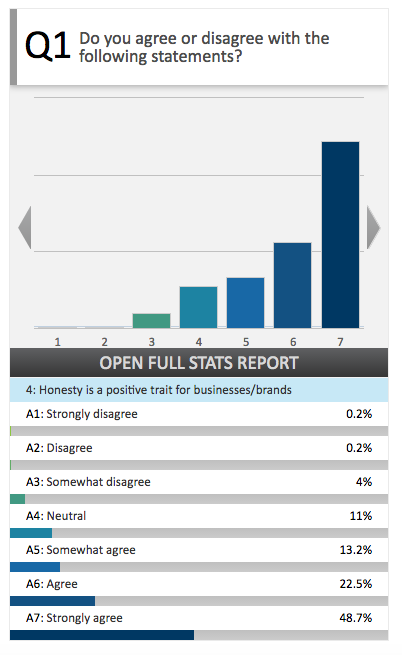
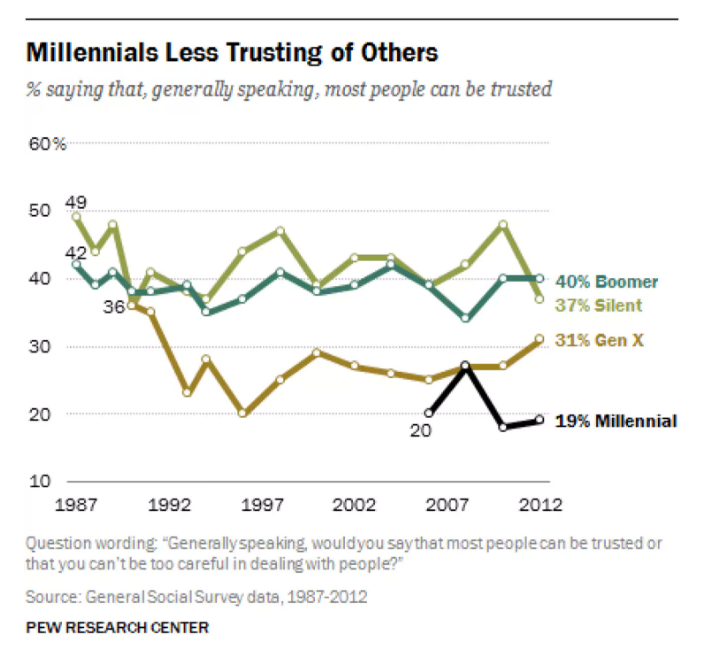
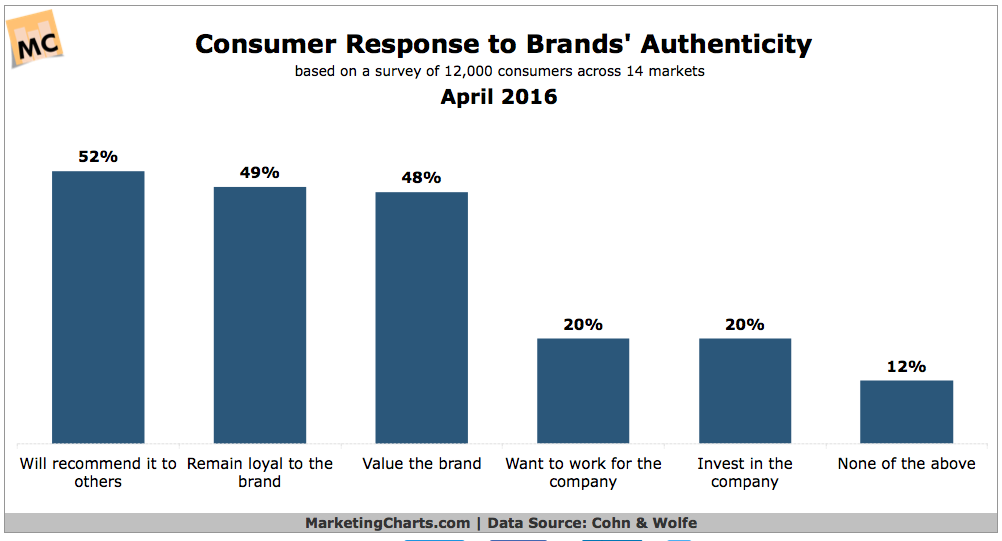
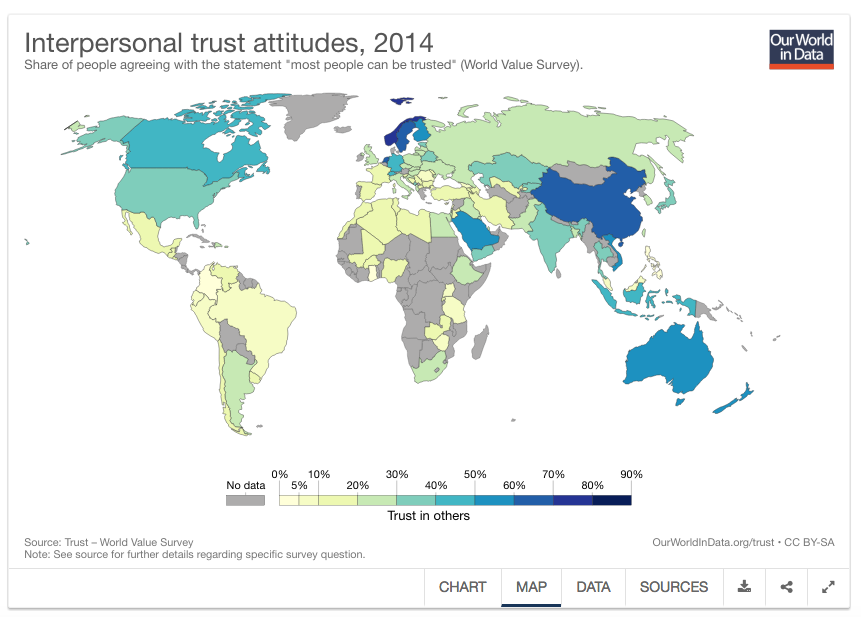

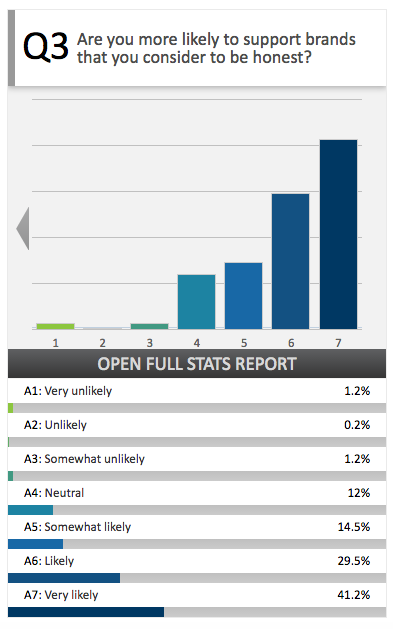
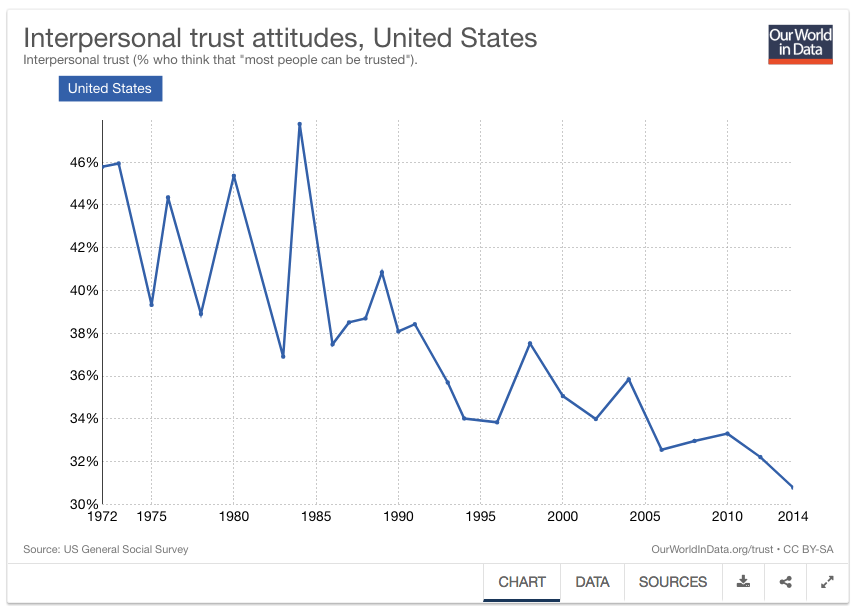
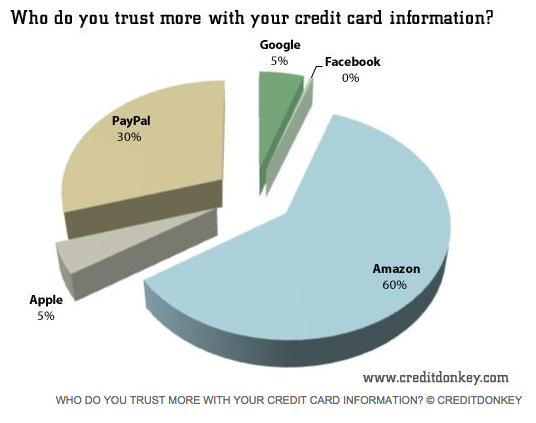
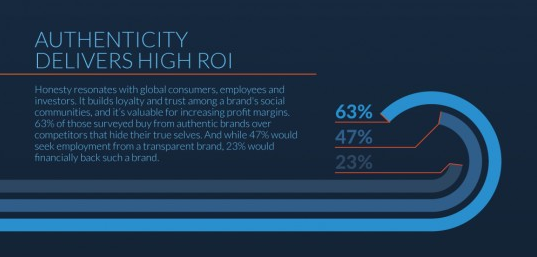
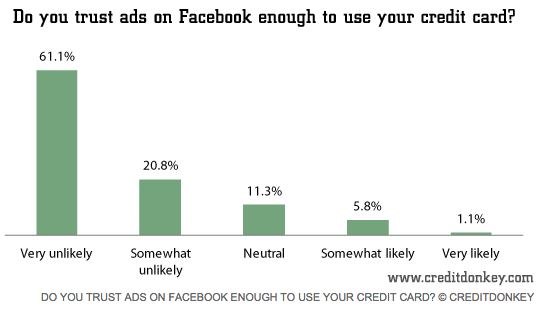

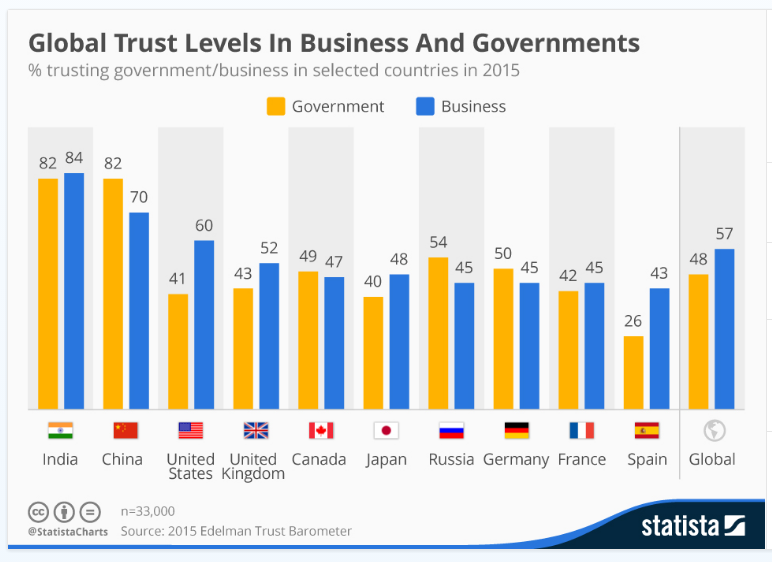
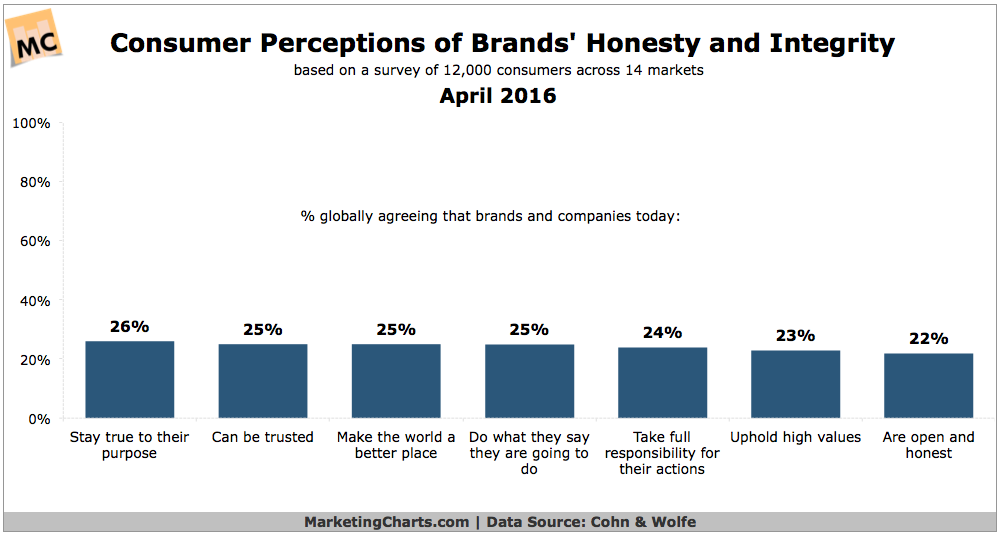
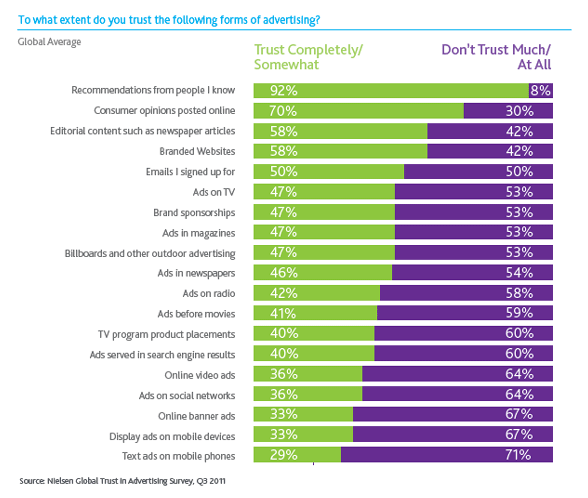
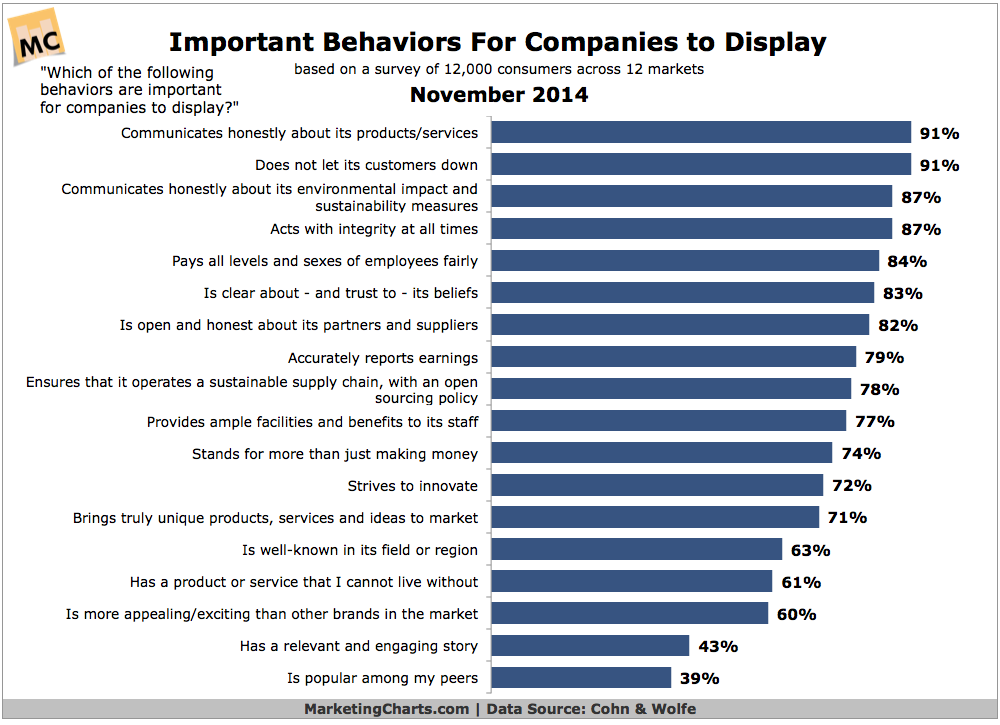

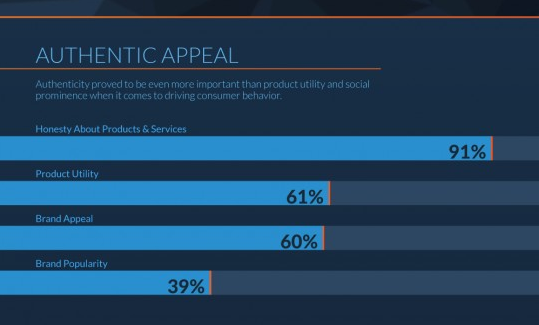
Comments (0)